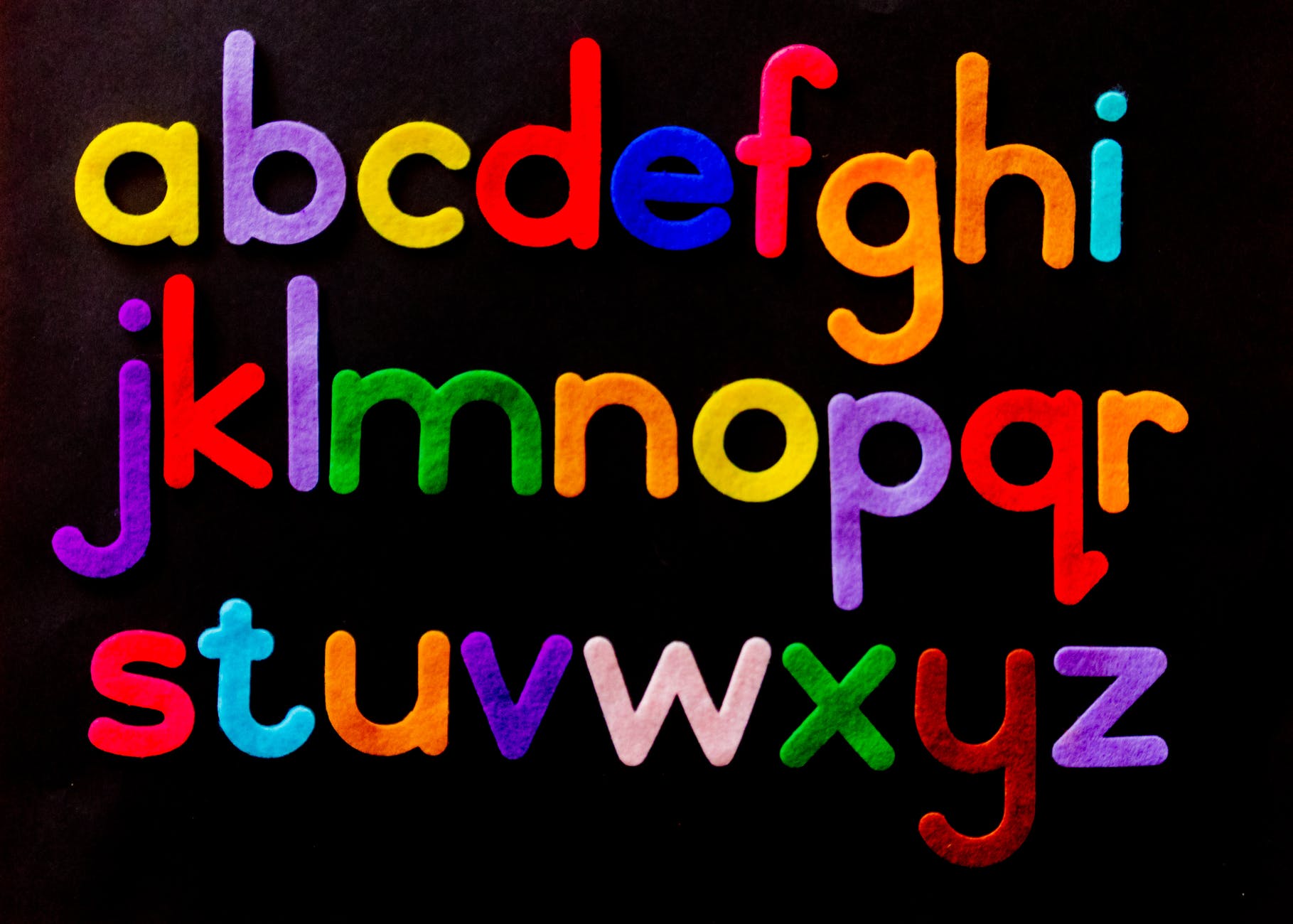
We’re all feeling uncertain and how can we not? COVID-19 has dramatically changed how we live our lives and our normal activities that provide us with mental/emotional outlets have been largely cut off. We are having to navigate unchartered waters and seek a “new normal” until it’s safe to go out again. Adults have a bit of advantage because most of us are able to fully understand how/why our lives are upended and we may be able to see an eventual end to our upheaval.
Our youth don’t have the valuable insights and full understandings that we adults enjoy during times of difficulty. Even we adults do not have all of the answers about our COVID-19 lives so it’s not surprising that many children are experiencing acute feelings of isolation and uncertainty. Few studies have been conducted regarding these increased stress and anxiety levels in children and adolescents, but those that have been examined not surprisingly show that the anxiety might be worse for our youth than we imagined. https://www.ncbi.nlm.nih.gov/pmc/articles/PMC7363598
Children and adolescents do not have fully developed brains and won’t until they’re in their mid-late 20s. Specifically, the pleasure center of the brain generally overcomes the “brakes” in the brain that tell us the consequences of our actions can be harmful or deadly. The younger child with less life experience is at greater risk of not understanding the COVID danger beyond the fact that they could get sick. They want social interaction in school and with friends during non-school hours. They don’t really understand why they can’t have the interaction they crave. They may feel the tension in the home over increasing greater parental demands and possible financial hardship but might not comprehend the gravity of the problems or their origins. They may know they’re not happy and they don’t know why.
What can caregivers do?
Begin by listening. Regularly invite your child to express feelings/frustrations/and questions. (Younger children might not have the words to express their anxieties so they might draw pictures, role play with dolls or other figures (paper cut-outs will do), use puppets, etc. to “show not tell”.) Parents can guide discussion by asking questions such as, “Does not being able to play with your friends make you happy or sad?” Tell me more about (answer). (It is CRITICAL that you validate and not criticize any response offered by the child.) Be sure to offer an affirmation to your child’s response such as, “I understand that. I feel sad that I can’t be with my friends too.” Then, discuss the “how’s and whys” of what might be causing distress in a concise and age appropriate manner. Answer only the expressed concern. Too much information can be overwhelming.
Finally, offer your child ways to take control. For example, “Since we can’t be together in person, what ways might we connect with our friends?” Ideas like writing letters, sending pictures, emailing, phone calls, online meetings and virtual play dates, etc. are just a few ways kids can interact with their friends. Please be sure to have your child choose the way she/he prefers to initiate contact. Another idea is for you and your child to brainstorm ways you might help other children who are experiencing the same fears and anxieties. Feelings of being in some control and/or in a position of helping others will empower young ones and are likely to ease their anxiety. In fact, offering daily choices such as those expressed in the following article can help provide a better sense of wellness. https://extension.psu.edu/programs/betterkidcare/early-care/tip-pages/all/giving-children-choices
Remember, honesty is the best policy when talking to your child/ren but too much information can be confusing and could produce more anxiety for your child instead of easing it. Your discussion should be age appropriate and include answers that specifically address the ideas and concerns of the child/ren involved. This can be a 5-minute conversation as long as your child feels heard but by all means, don’t rush the conversation. Take a cue from your child and let the conversation take its natural course.
Do you know if your child feels valued and heard? Ask.
If you believe your child is experiencing extreme anxiety or depression, please seek professional help immediately. The above advice is for mild to moderate problems.
Do you have ideas to share that have worked with your kids? We’d love to hear them!